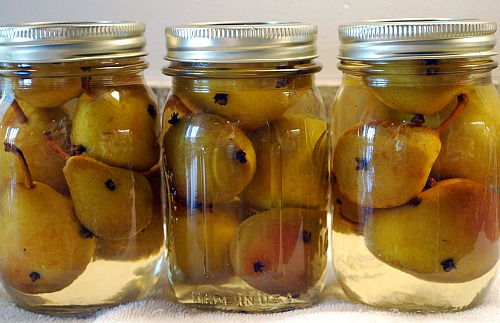The Culinary Institute of America is an independent, not-for-profit college dedicated to provide the world's best professional education. And that's exactly what it does for 2800 students and exturns. The school dates back to 1946 when Frances Roth and Katherine Angell decided to found the New Haven Restaurant Institute to train WWII vets in the culinary arts. That first year they enrolled 50 students and had a faculty of exactly 3: a chef, a baker, and a dietitian. But by 1950 600 veterans from 38 states had graduated from the school.
Two name changes later it became the Culinary Institute of America to reflect the broader influence of the school that offers both an associates and bachelors degree in the culinary arts, baking & pastry arts, and culinary science. Enrollment grew to the point that they could no longer fit into the New Haven, CT location and in 1972 the Jesuit novitiate, St. Andrews-on-Hudson was purchased to accommodate all the students seeking admission. Residence halls were added, along with a career planning center and a learning resources center. The campus also is home to a 86,000 volume culinary library, second in size only to the Library of Congress.
I had the opportunity to tour the beautiful and functional campus and marveled at the modern facilities for teaching and learning. There are 41 kitchens where students participate in hands on education in courses as varied as High Volume Production, Mushroom Foraging, Modern Banquet Cooking, and Baking. The bread class is taught beginning at 11:30pm to bake all the breads consumed in the restaurants and dining areas for the next day. Special focus is made on precision, accuracy and speed. The flowers created for specialty cakes must be botanically correct. One of the mottos of the CIA is, "We eat with our eyes first."
More tomorrow about their public restaurants...

























